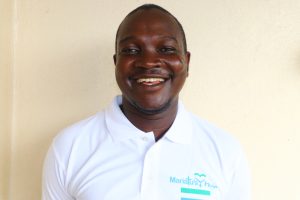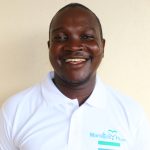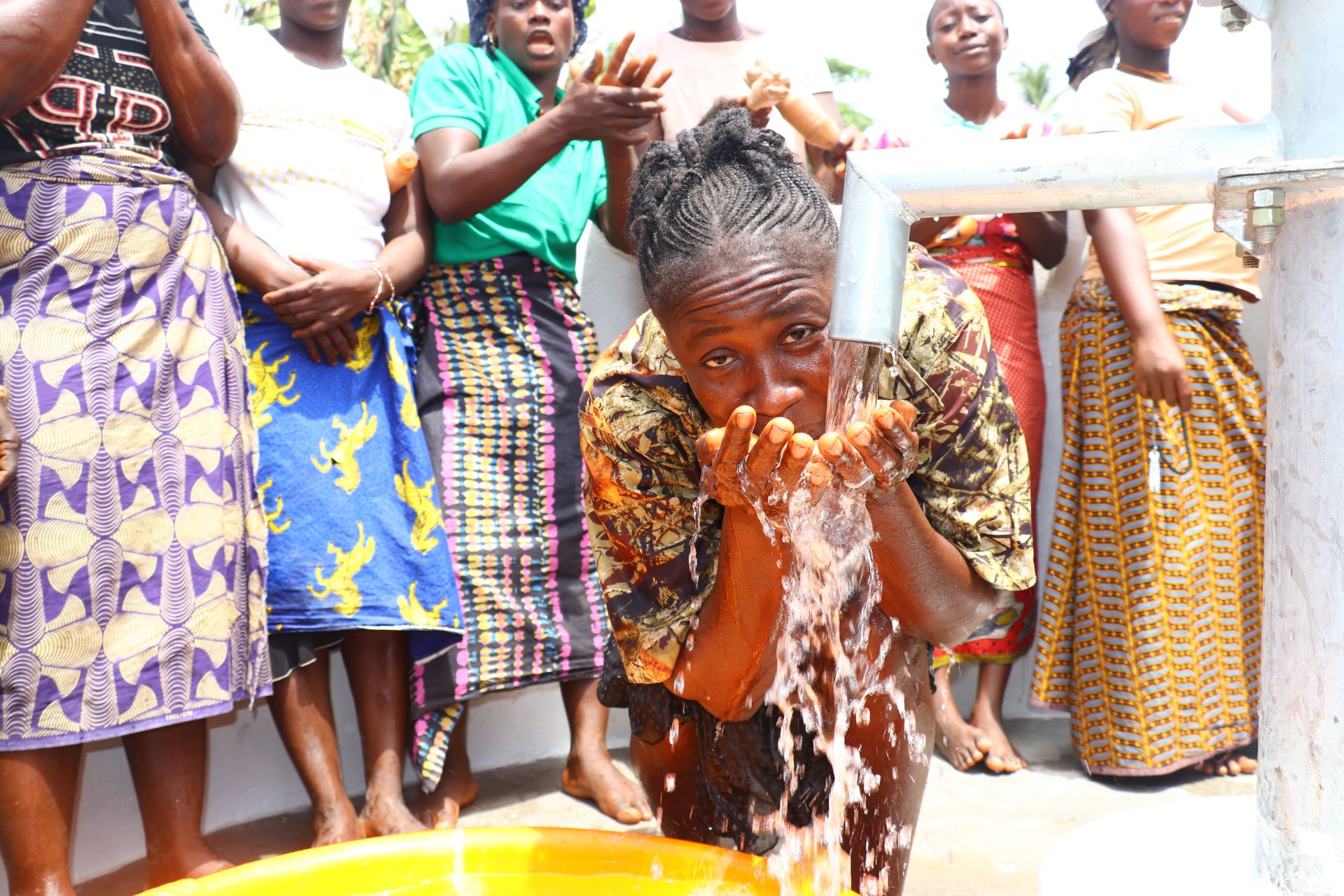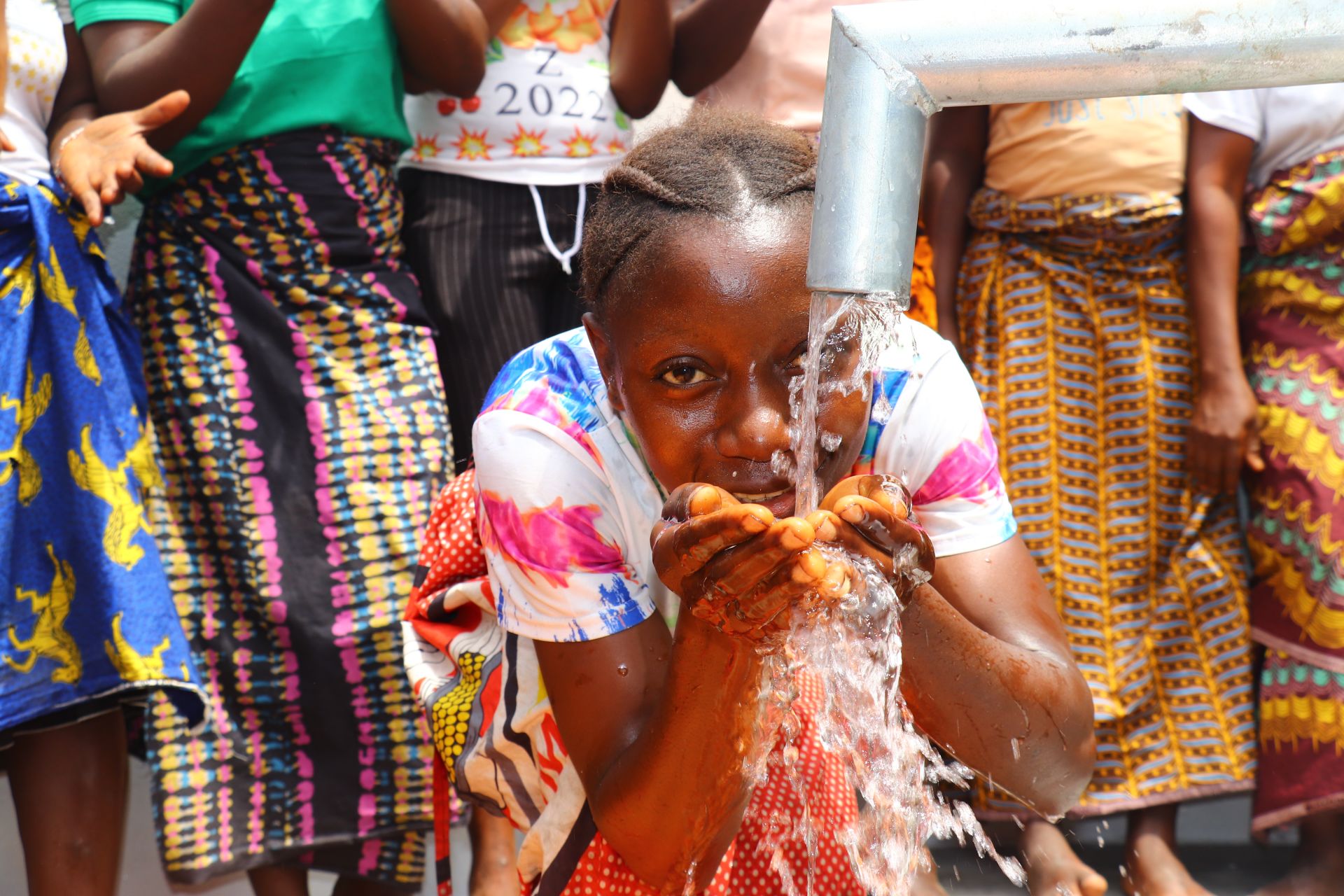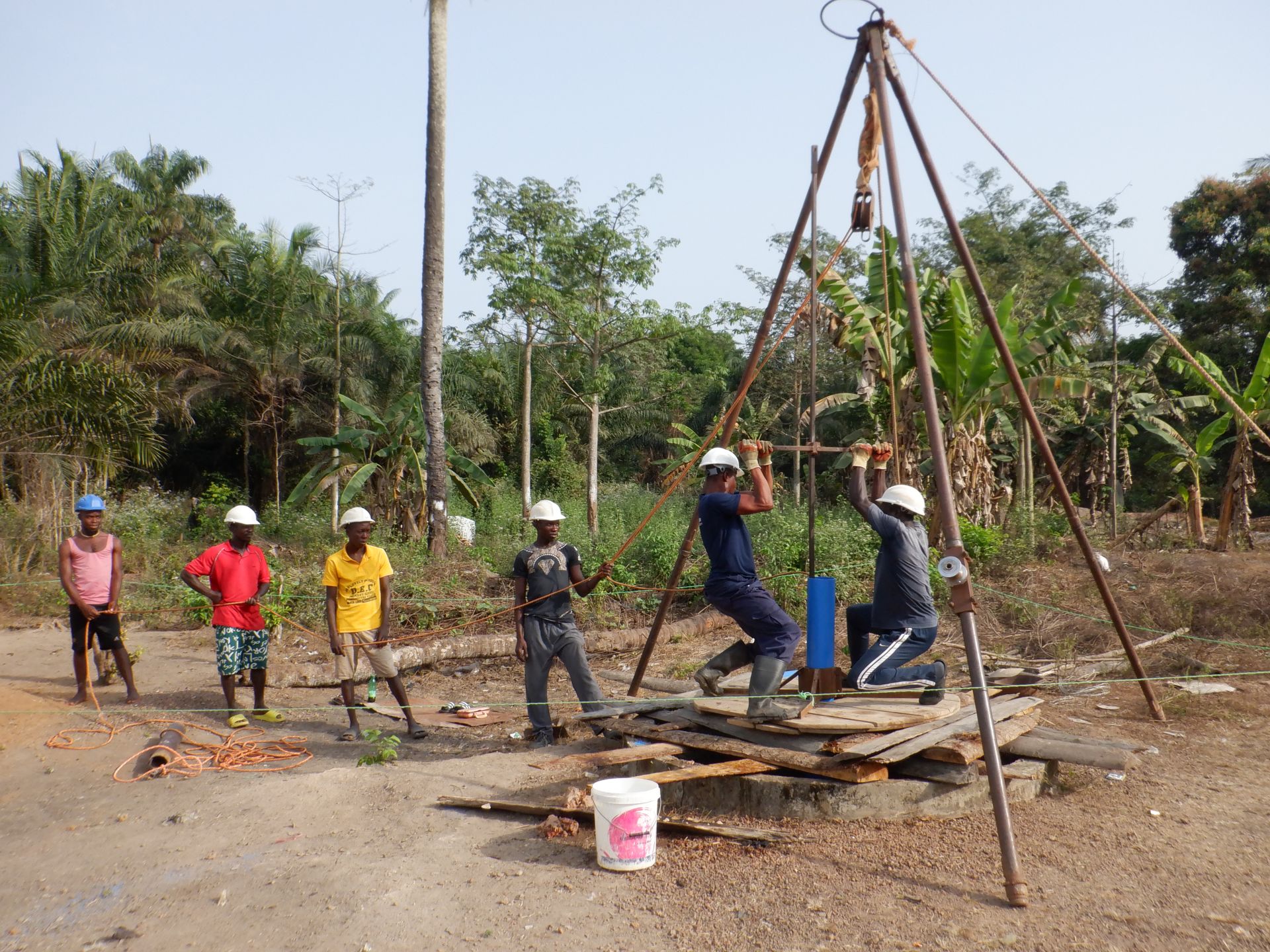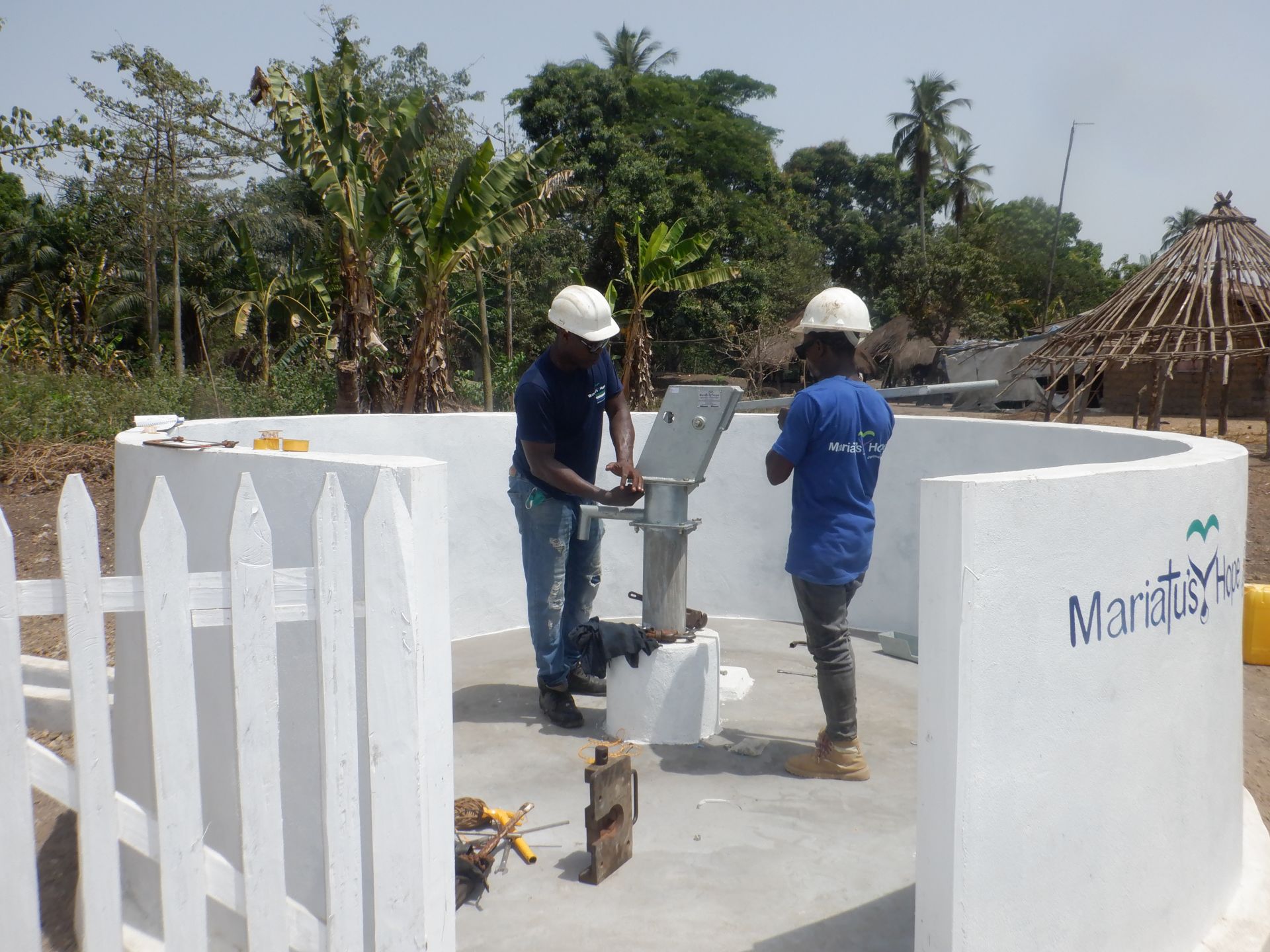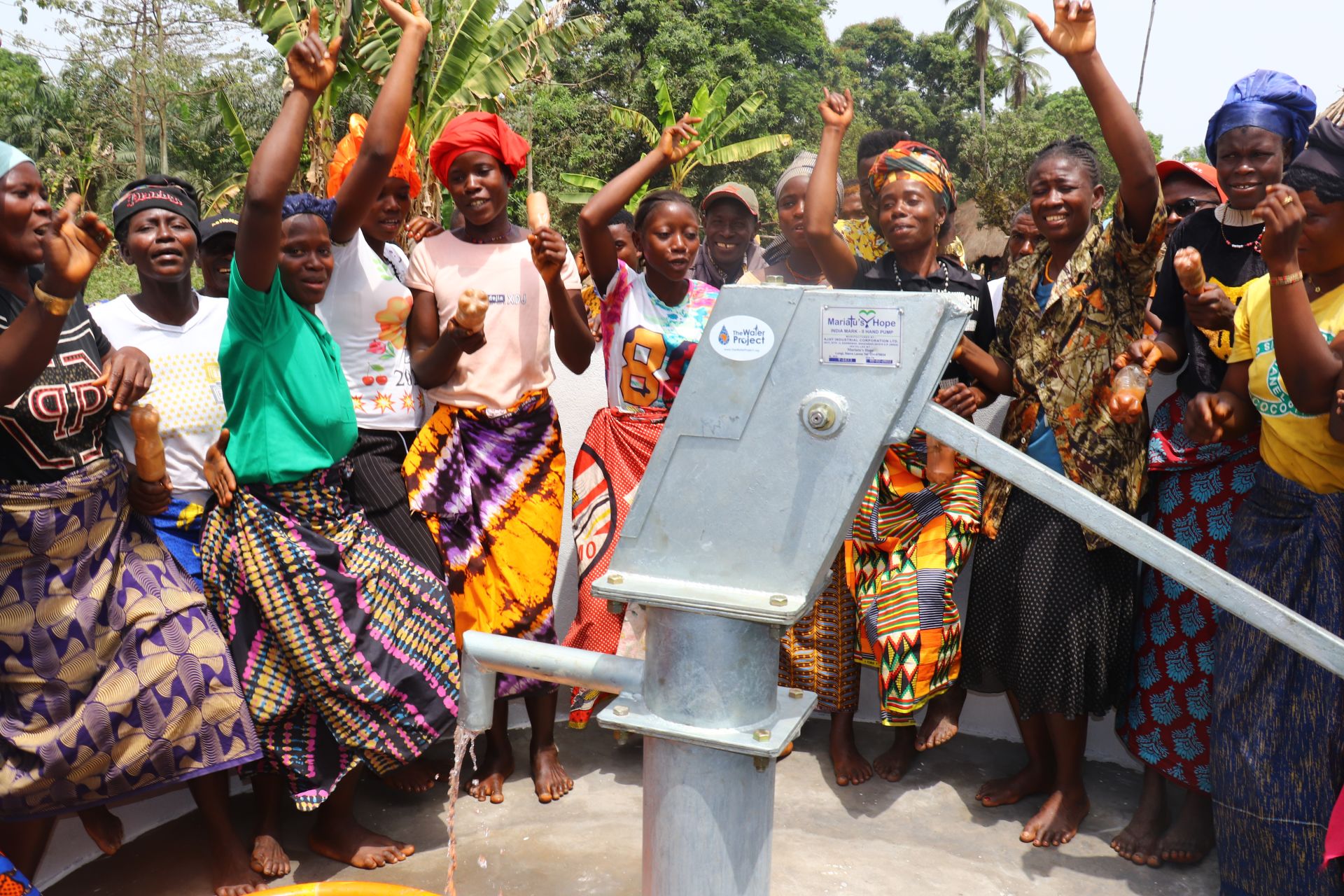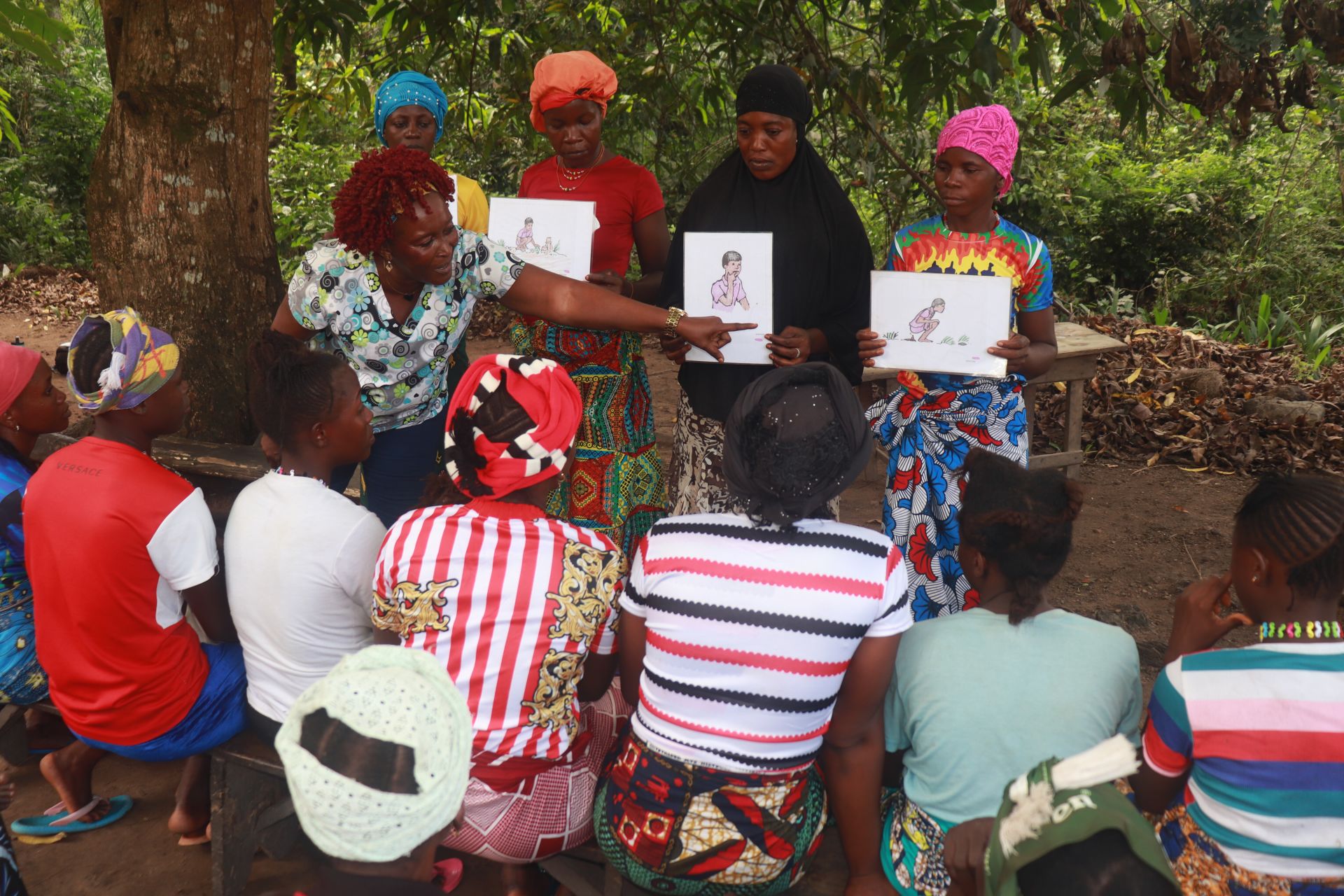In the Makempitha Community, 347 individuals are forced to undertake a dangerous daily task to acquire water. They must collect water from an unprotected well, which requires them to lean over its deep cavern and struggle to lift heavy jerrycans filled with water to the surface.

A community member leans into the unprotected well to pull up water.
Community members face this arduous and risky process every day, with no other option.
"One of the negative consequences of these water sources is a death trap for human beings as they are widely open, and someone may fall into it. Also, collecting water from the well using a rubber bucket and a rope to fetch water causes them to feel pain all over their body. It also requires time and energy," shared Field Officer Alimamy Lamin.

"The water users of this community always find it difficult to get the quantity of water they need. This is because the water source is normally dry in the dry season and the water source does not provide a high yield of water. The water users used a rubber bucket tied with a rope to draw water from the open well," he continued.
The distance to the water source alone is an extreme hardship for people. The burden often falls on children like twelve-year-old Foday, who experiences it every day.

Foday (blue shirt) carrying water.
"The long walking distance to access the swamp is one of the key reasons why fetching water takes so long. The water users sometimes were unable to get rubber buckets to collect water on time," Foday shared.
The effects of the water crisis spread far and wide. It touches every part of Foday's life, including his education.
"Fetching of water impacts my time at school and that also affects my exam scores. I need sufficient water before going to school, and that takes a lot of time, which always makes me late to go to school. The persistence [of being] late going to school affects my school and leads to poor performance," Foday continued.

Foday collecting water.
"I always feel sad when I am sent to go and fetch water especially when I am hungry. Sometimes, I refused to go there because of the long distance and the crowd that I would meet at the water source," expressed Foday.
Without safe, accessible water, Foday will continue to endure the hardship of long distances and insufficient water. But when we rehabilitate the community well and make it safe for use and consumption, Foday will have the tools he needs to achieve his goals.
"I am planning to be a responsible father who will provide shelter and safe water for his children," Foday shared.

The well to rehabilitate.
"With the rehabilitation of this water point, the people of this community will have access to safe and pure drinking water, and they will also be able to practice good hygiene. The school-going pupils will be able to go to school on time as there will be sufficient water within the community," concluded Alimamy.
Note: Our proposed water point can only serve 300 people per day. We are working with the community to identify other water solutions that will ensure everyone has access to safe and reliable drinking water.
Steps Toward a Solution
Our technical experts worked with the local community to identify the most effective solution to their water crisis. They decided to drill a borehole well, construct a platform for the well, and attach a hand pump.
Well
Abundant water often lies just beneath our feet. Aquifers—natural underground rivers—flow through layers of sediment and rock, offering a constant supply of safe water. A borehole well is drilled deep into the earth to access this naturally filtered and protected water. We penetrate meters, sometimes even hundreds of meters, of soil, silt, rock, and more to reach the water underground. Once found, we construct a platform for the well and attach a hand pump. The community gains a safe, enclosed water source capable of providing approximately five gallons of water per minute. Learn more here!
Community Education & Ownership
Hygiene and sanitation training are integral to our water projects. Training is tailored to each community's specific needs and includes key topics such as proper water handling, improved hygiene practices, disease transmission prevention, and care of the new water point. Safe water and improved hygiene habits foster a healthier future for everyone in the community. Encouraged and supported by the guidance of our team, a water user committee representative of the community's diverse members assumes responsibility for maintaining the water point, often gathering fees to ensure its upkeep.

 Borehole Well and Hand Pump
Borehole Well and Hand Pump









